The 20 Most Useless Things in Your Gym
For negative gains, beeline to these machines.
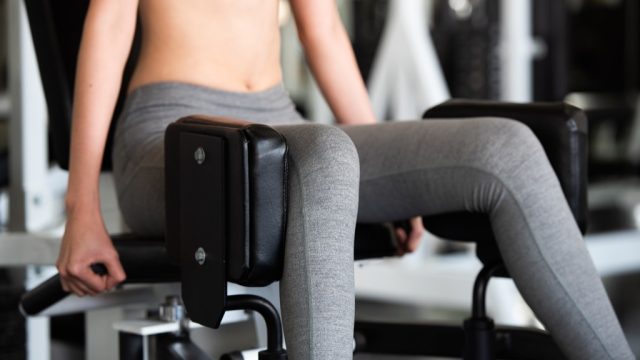
It's no secret that Americans have a growing obsession with fitness—which is great. In fact, one out of every five people works out at a dedicated fitness center (or at least pays for the membership), nearly twice as many as did way back in the year 2000. With that much gym time, you'd think we'd all have chiseled physiques and six-pack abs. So what gives?
Well, diet aside, most people don't understand how to make the most of their already limited time in the gym. That means they can spend hours a week wandering from one ineffective, muscle-isolating machine to another—or zoning out to the Bachelorette on a poorly conceived but in-demand cardio machine—and barely realize any fitness gains.
An intervention is in order. Start here, by identifying and systematically avoiding these 20 useless things in your gym. Not only will you instantly upgrade your workout and reduce your chance of injury, but you might actually start to see results. And for more ways to maximize your workout, see the 30 Workouts That Burn More Than 500 Calories An Hour.
1
The Smith Machine
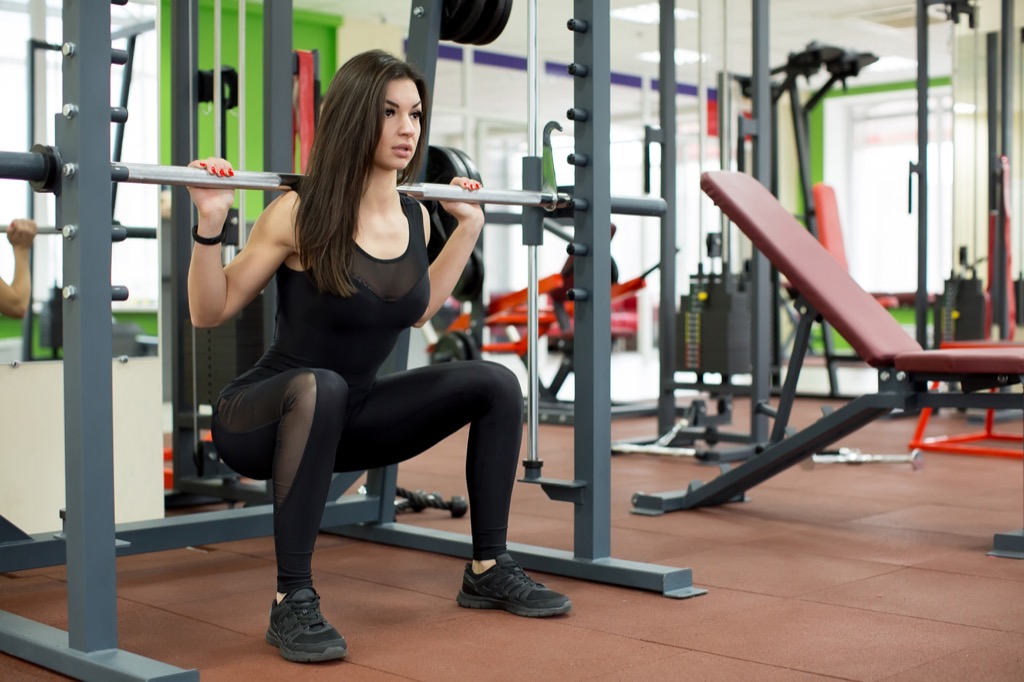
Squats are almost universally considered one of the best exercises for your legs, butt, and core, but using the Smith machine—basically a squat rack where the weight bar is attached to a sliding sled on a vertical track—forces your body into a perfectly linear motion that's totally unnatural and, quite frankly, dangerous. With the bar in a fixed plane, it's impossible to get a natural back arch and there's barely wiggle room for adjusting joint angles—both of which put your knees and lower back at increased risk for injury. Keep your squats au natural, with bar and free weights. As a bonus, you'll recruit tons more stabilizing muscles, amping up your muscle-building potential.
2
Leg Extension Machine
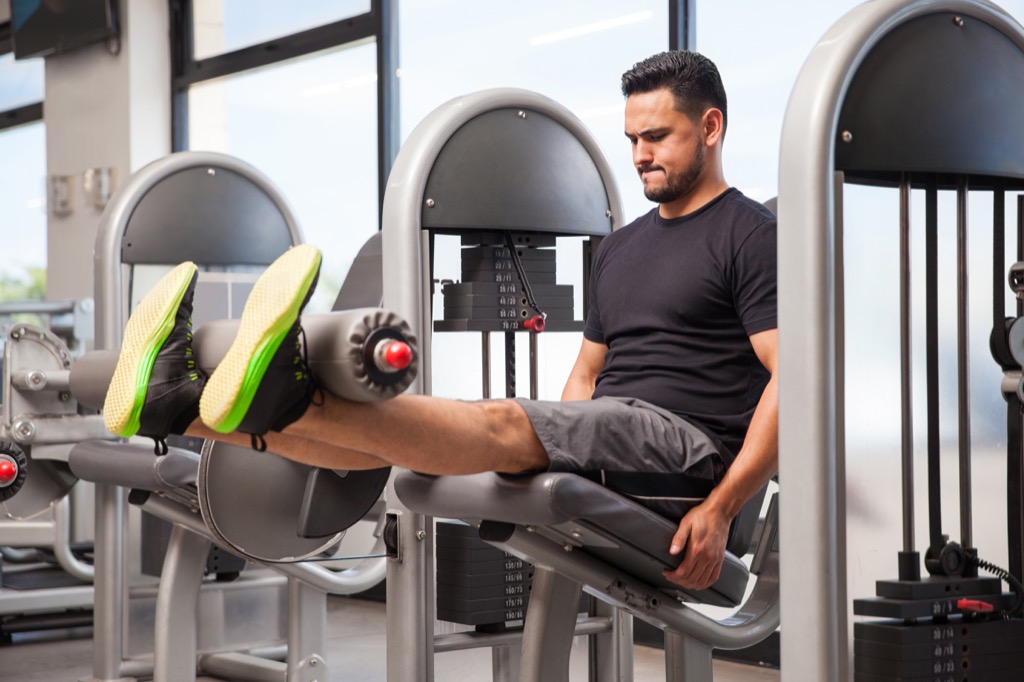
While we'd all love to have powerful, bulging quads, sitting on this machine and extending your legs out horizontally works them in isolation—and in a way that's totally unnatural. Your legs weren't meant to move weight in this way, and it puts way too much strain on the tendons and ligaments in your knee. Stick with more functional exercises, like squats and lunges. You'll work more leg muscles and—bonus!—won't risk dislocating your kneecap.
3
Extremely Light Dumbbells
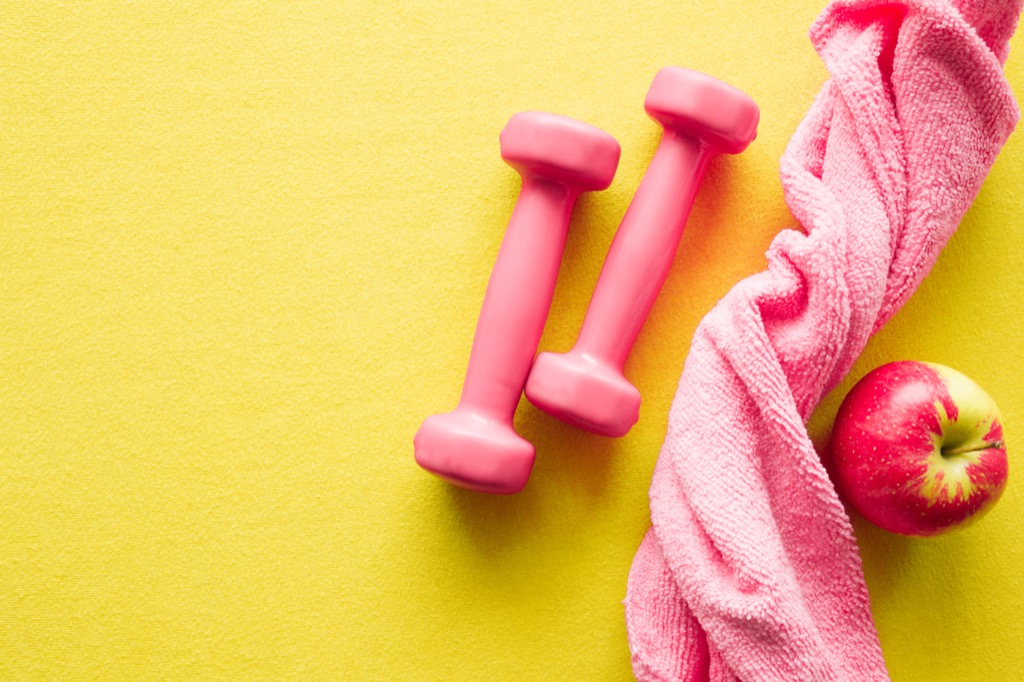
If you're not challenging your muscles beyond their present capacity, you're simply not going to get any stronger (it's called the "overload principle," and it's central to all exercise). For most people seeking to build muscle, finding a weight where you can perform 8 to 12 reps of an exercise is good. If you can do 15 reps, you're not lifting heavy enough. Even if you're an endurance athlete, say, and not trying to develop big, bulky muscles, adding a few targeted pounds can help improve your posture, keep you lean, and make you less injury-prone. So put down the cute pink five-pounders, and pick up some real, challenging weights. And for more ways to hulk out, learn the 40 Great Exercises for Adding Muscle Over 40.
4
Inner/Outer Thigh Machine

This torture device is designed to tone your inner and outer thighs while, many people believe, melting fat off their thighs and hips. But science has proven that targeted fat loss is completely bogus, and this isolation exercise puts undue stress on your hips, lower back and IT bands while accomplishing nothing remotely functional. For a better look, not to mention a bigger calorie burn, try compound moves (barbell lunges, for instance) that engage more muscles.
5
Ab Crunch Machine
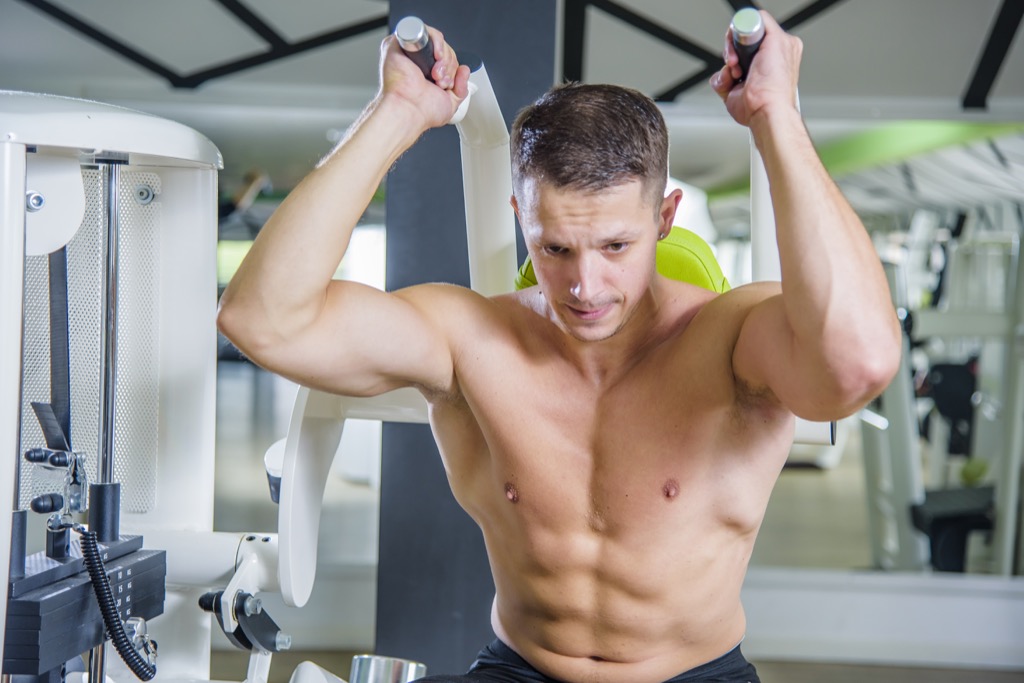
Besides being awkward-looking and hard to adjust, the ab crunch machine is bad for your lumbar spine—and a waste of time, if it's a six-pack you're after. Abdominals are made in the kitchen, for the most part, by reducing body fat with a disciplined, healthy diet. If core strength is the goal, opt for planks, which work more of the core muscles—including transverse abdominis, those deep-tissue muscles that are vital for a tight, flat-stomach look—while protecting your back and neck from injury. Or, master the 30 Ways to Get Six-Pack Abs After 30.
6
Leg Curl Machine
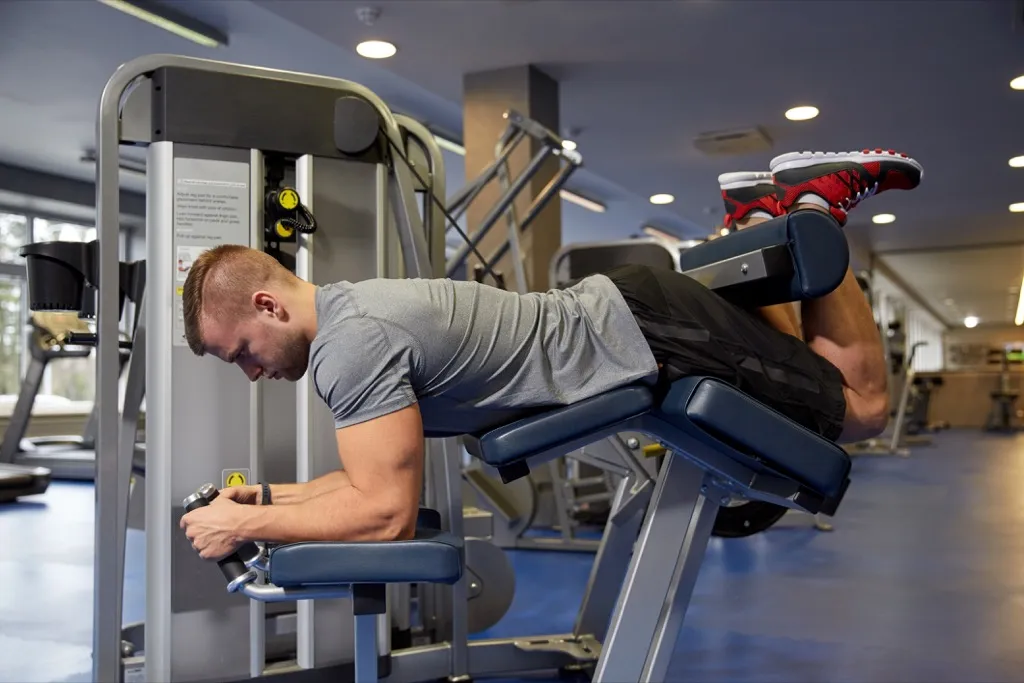
Like its cousin, the leg extension machine, this one works a single muscle group—the hamstrings—in isolation, and in an unnatural position that puts excess stress on your knee (noticing a trend here?). It's so one-dimensional, in fact, that it only hits on knee flexion, just one of the two key movements performed by hamstrings (along with hip extension). Since your hamstrings are probably already too tight from sitting on your butt all day, you'd be much better served by loosening them up with yoga or a stretching routine, or by performing a hip extension/glute activation exercise, like dead lifts or good mornings.
7
The Elliptical
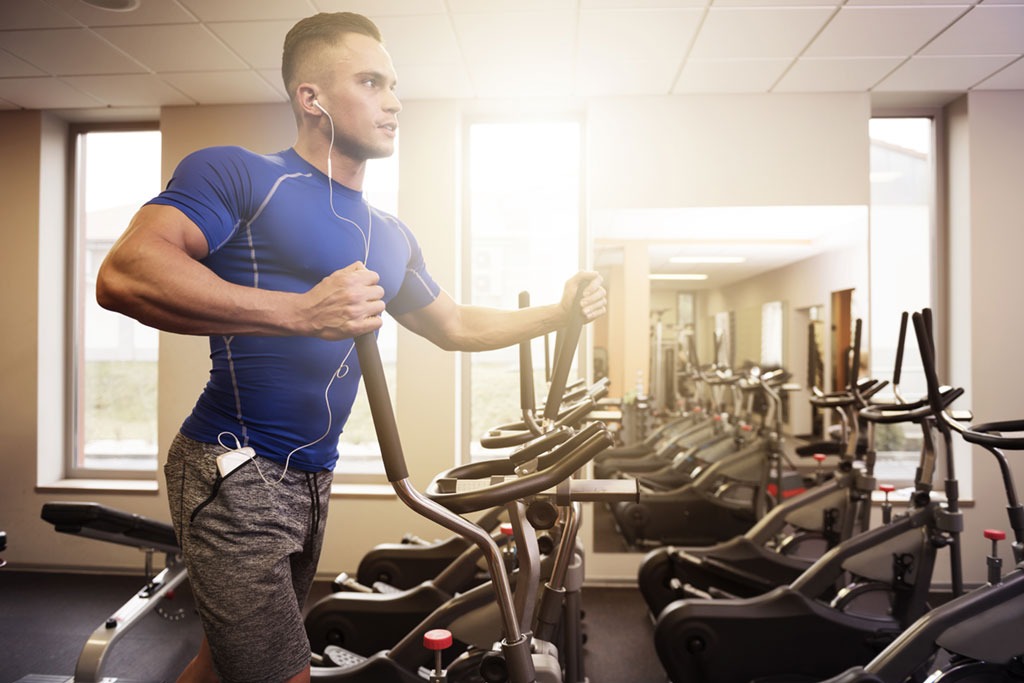
Yes, this most beloved "joint-friendly" cardio machine allows you to zone out to reality TV, but the workout you get from it isn't exactly awesome. For starters, it doesn't use a natural body motion, which means it's less effective at toning muscles than those that do, like running, bending, and jumping. Also, it's way too easy to slack off as you fatigue (whereas a treadmill forces you to maintain a specific pace), slashing your cardio gains. If you want to suck wind and dramatically improve your cardiovascular system, you'd be better off doing high-intensity circuit training intervals (burpees, jumping rope, jumping squats, that sort of thing.). Another low-impact option: rowing machine intervals.
8
Butt Blaster Machine
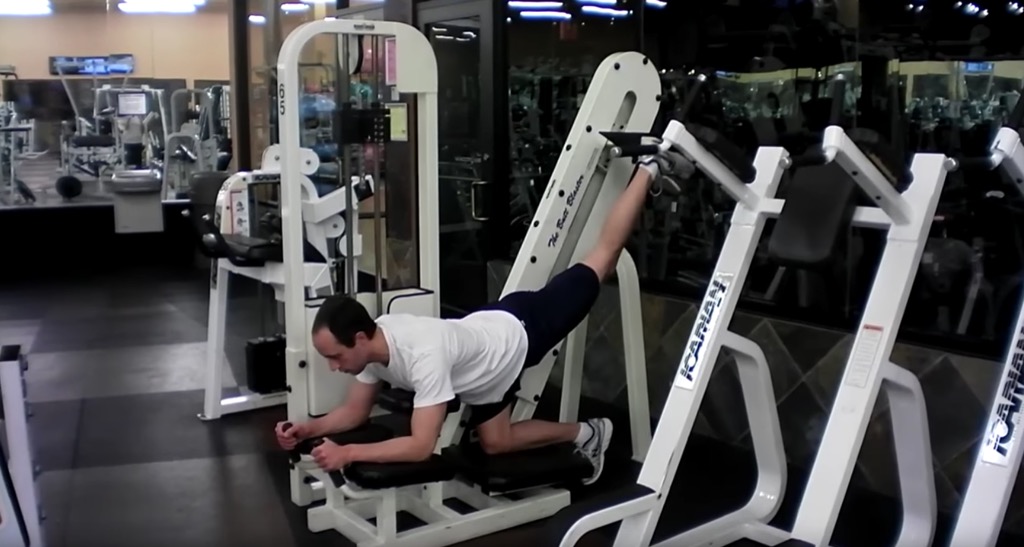
Despite its name, the "donkey kick" machine won't tone up your tush. That's because spot reduction doesn't work (see above), and this isolated hip extension movement is more likely to fire your tight, overworked hamstrings than your glutes, which have probably been lulled into a chronic torpor by a deskbound 9-to-5. For a strong, sexy rear end, opt instead for complex movements like squats and lunges that require, and better promote, glute activation.
9
Overhead Shoulder Press Machine
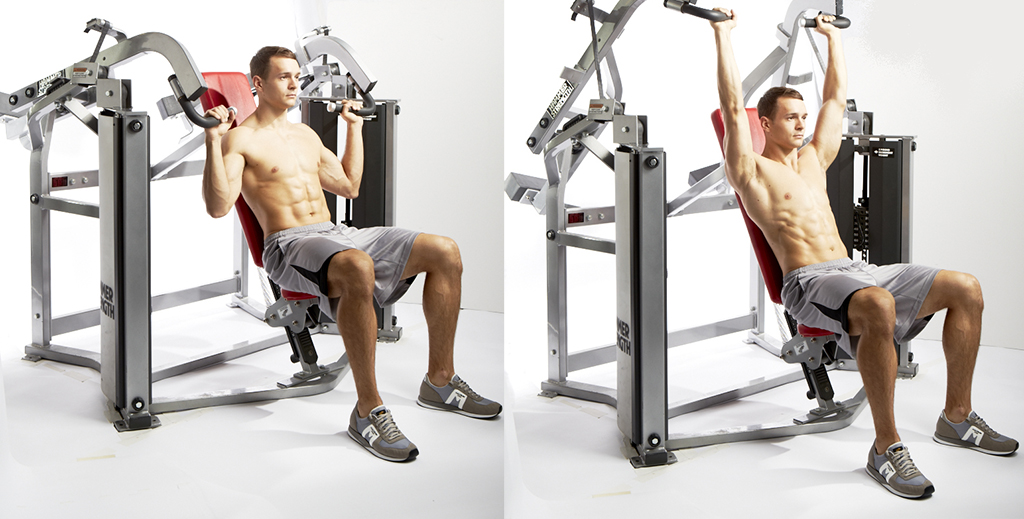
This muscle-isolating machine, designed to rock your shoulders and triceps, forces your shoulders into bio-mechanically unsafe positions that may leave them, well, a little too wrecked. And, because you're seated in a fixed position, your hips can't move to support the shoulders. It's much safer—not to mention more effective—to go old-school with some medicine ball throws.
10
Televisions
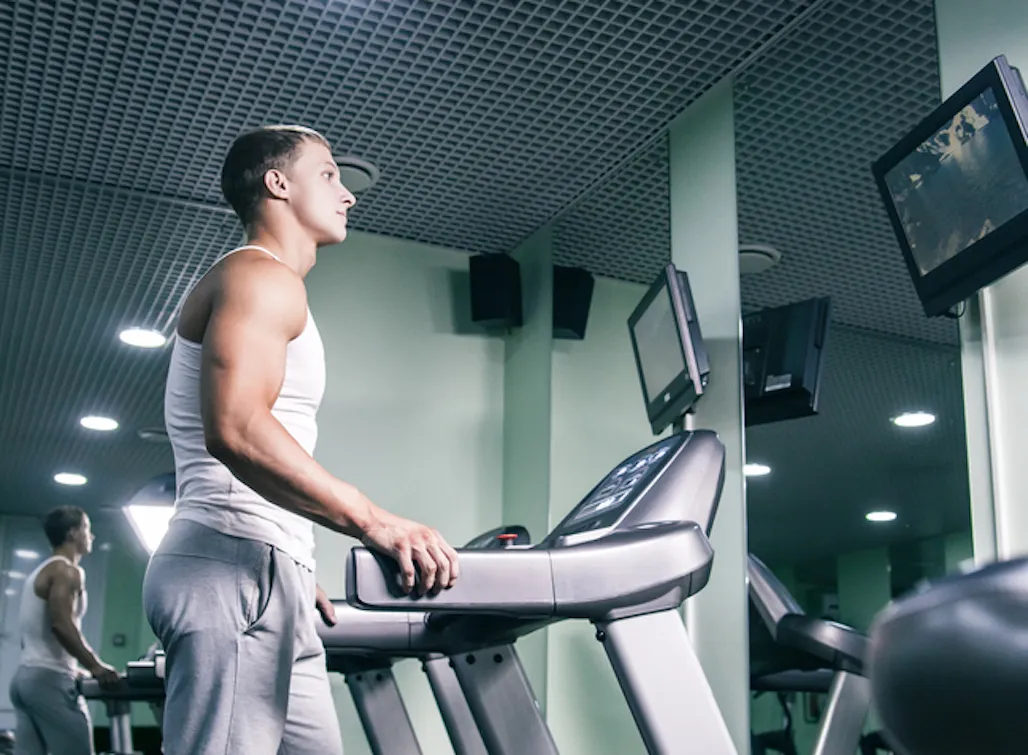
Have you ever wondered why your fitness isn't going anywhere, then suddenly realized you've binge-watched two hours of Law & Order reruns mid-workout while soft-pedaling on an elliptical? Catching a little news between sets seems innocent enough, but it breaks your focus and saps your intensity, and it's not really what you've come to the gym for, anyway. If you show up with a plan, stay focused on proper form and quality reps and, well, skip watching television, you can save time and maximize your fitness gains with faster, more efficient workouts.
11
Roman Chair Sit-Up Machine
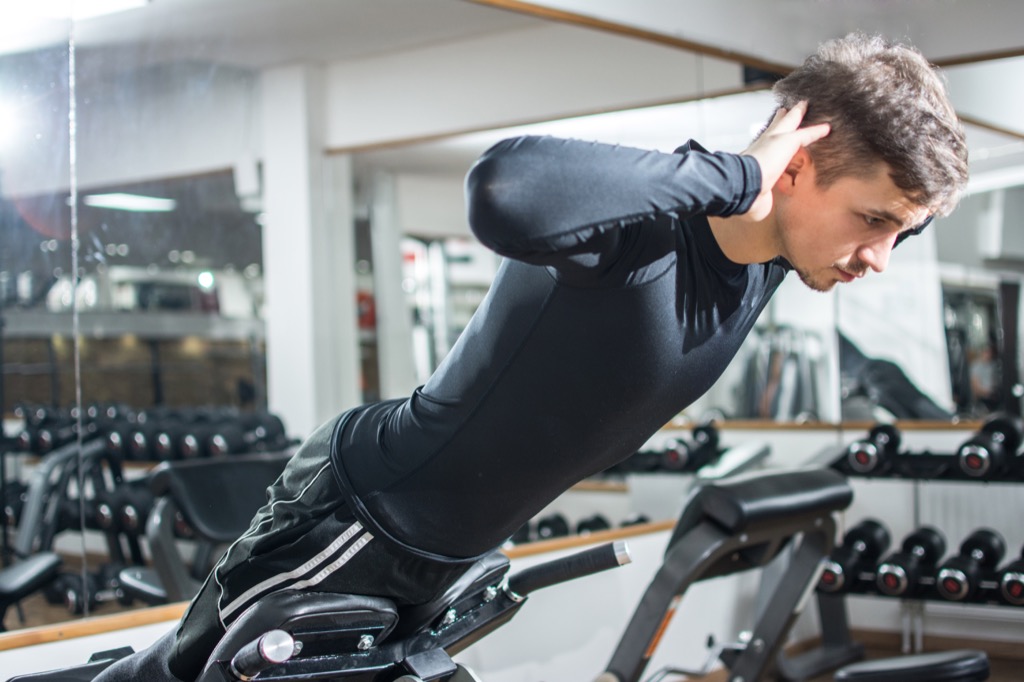
Most people think they're getting a killer ab workout with these gravity-defying sit-ups, but deep-seated hip flexor muscles take on most of the work, while the abdominals merely hold the pelvis steady (just enough to feel them "burn"). What makes this machine even worse is that performing this movement often compresses the joints in the lower spine, causing pain. Instead, target abdominal muscles with planks. They don't look as cool, sure, but they also don't send you to the chiropractor's. And for more ways to shred your core, This Is the Single Greatest Flat-Abs Exercise You're Not Doing.
12
Rotary Torso Machine
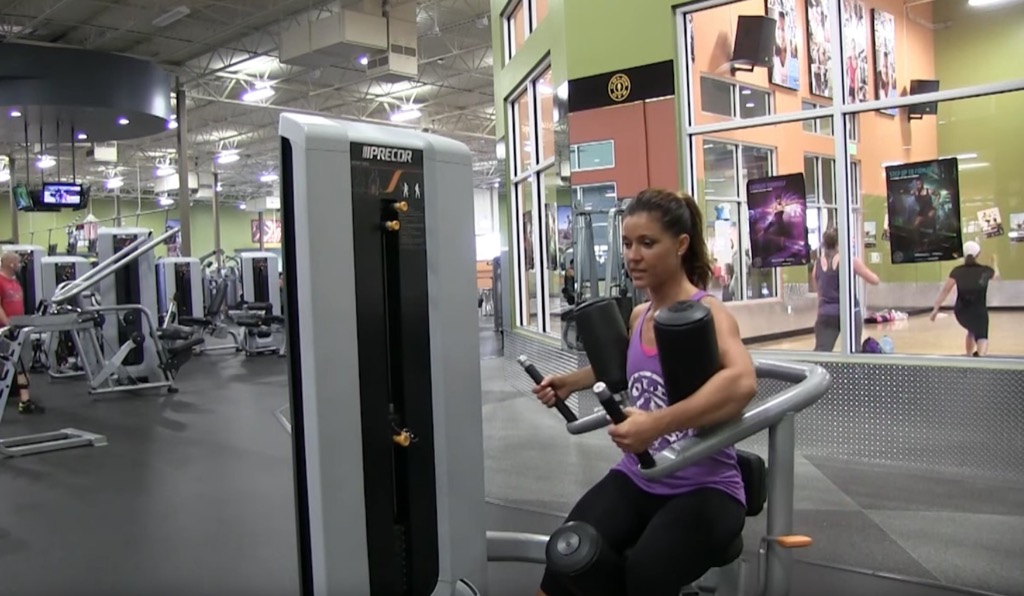
The idea behind the "Ab Twister" is that to train the obliques and improve rotational power—vital in plenty of sports, from throwing a football to swinging a bat or driving a golf ball—you should be performing exercises that involve twisting through the core. What's missing from that calculation, though, is that skilled athletes generate rotational power by driving their hips toward their target (using a strong core to prevent spinal rotation), while poor athletes rotate their spines. Twisting the lumbar spine is a recipe for lower back pain, not for great abs. To strengthen your abs, and improve your home run swing, take a crack at cable wood chops and side planks. And if you find yourself with a bad case of LBP, This Is How to Conquer Lower Back Pain Forever.
13
Chest Press Machine
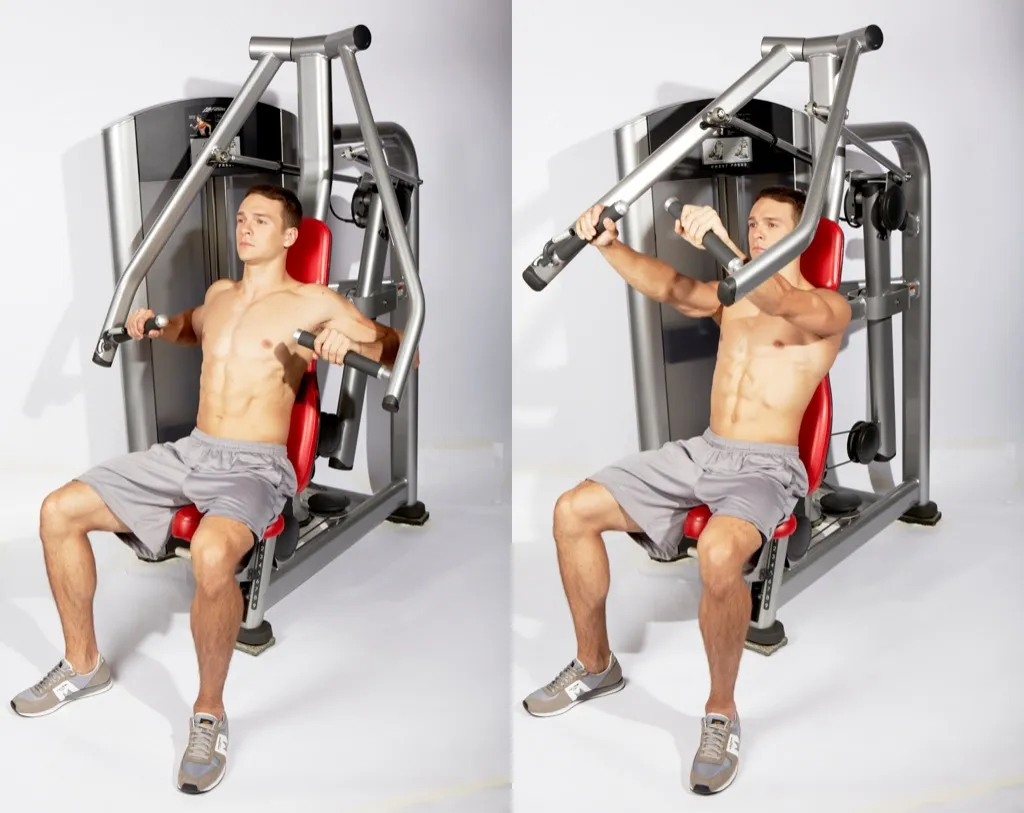
The problem with using a machine like this to pump up your chest is that it removes the need to balance the weight, making your lift more targeted, but ultimately less productive. Also, this machine has limited adjustability, despite the fact that people come in all shapes and sizes. You can adjust it for height, at least, but not for arm length, shoulder width, or chest size—and that means you might be putting pointless strain on your joints. A straightforward barbell or dumbbell bench is safer and—good news—will make you stronger.
14
Leg Press Machine
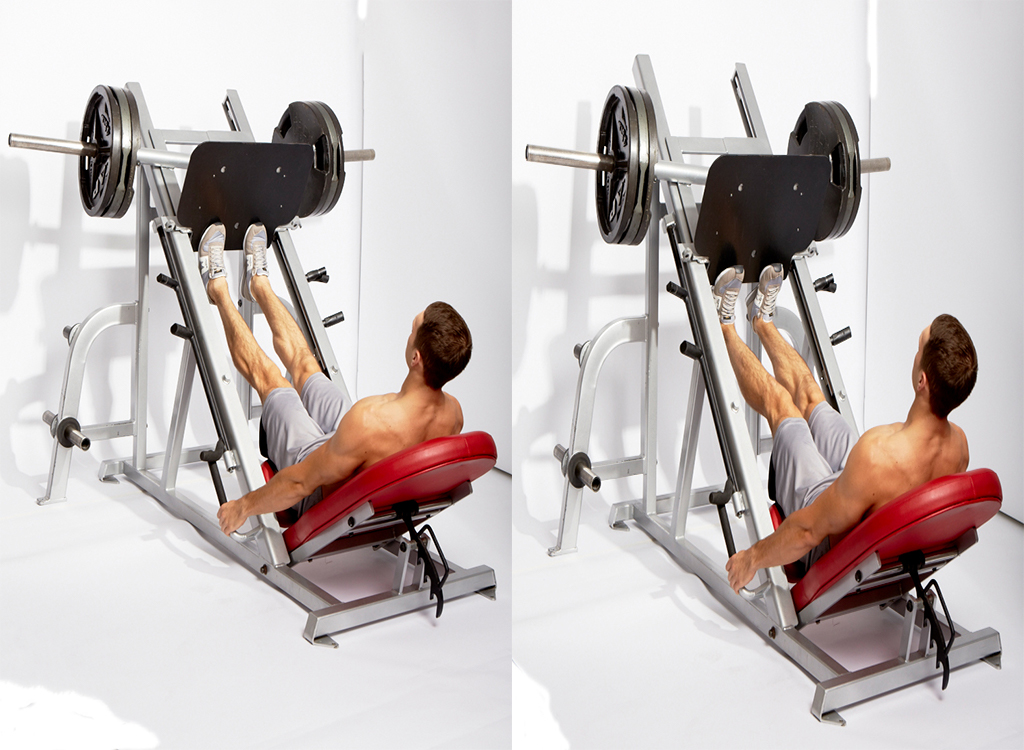
As amazing as it feels loading weight after massive weight onto the leg press, it's totally impractical. After all, it strengthens only a few highly targeted muscle groups in a fixed range of motion, while ignoring all those stabilizing muscles that work with your legs in, you know, real life (when's the last time you sat around and pushed things with your legs?). Because of the awkward seated position, with your back pinned against a seat, it also puts undue pressure on your knees and lumbar spine (hello, bulging discs!). Do yourself a favor and stick with the workaday, functional squat that trains your body for everyday life and sports.
15
BOSU Balance Trainer
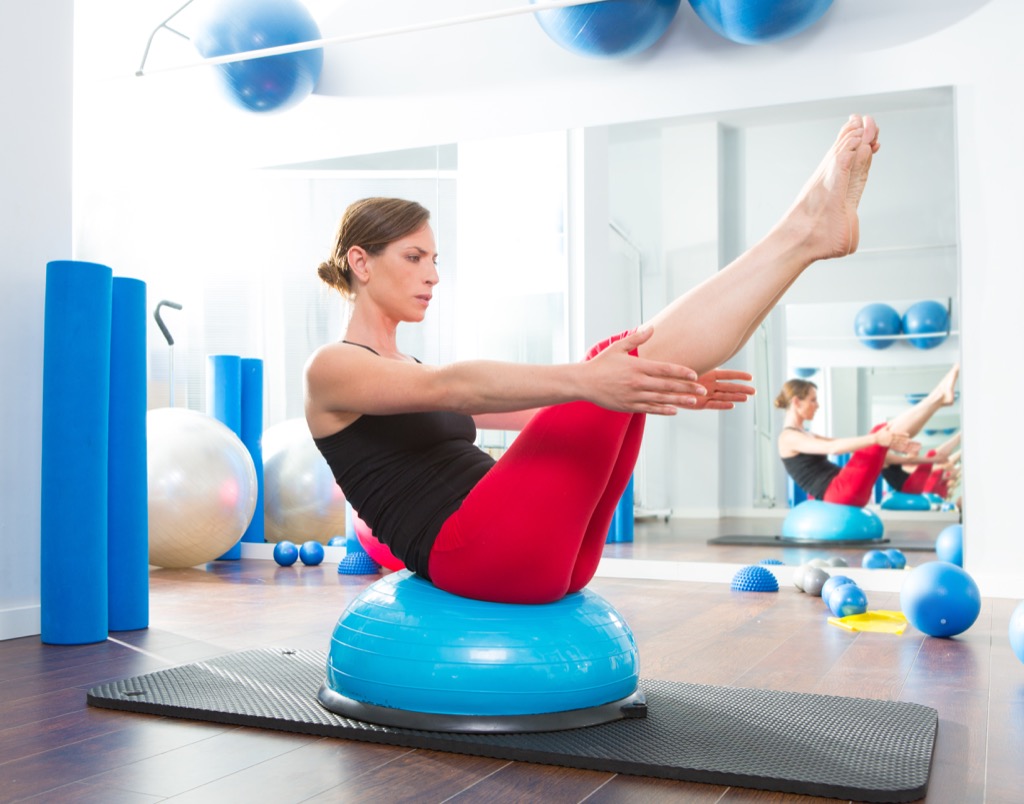
Okay, okay, so maybe the ubiquitous blue half-ball does have a place in your gym; it can be useful for core work, but preferably under the watchful eye of a trainer or group fitness instructor with some real knowledge. Too often, though, misguided souls climb onto the BOSU with weights in hand for biceps curls or shoulder presses, and an idea that they're improving the workout by activating their core muscles.
The problem is that, in most cases, they're just making themselves unsteady and wobbly in a way that sabotages the primary movement, preventing them from lifting as much weight. And, of course, they're setting themselves up to be the subject of a gym blooper video. Lift the weights and, if you want, balance on the BOSU—just only if you know what you're doing.
16
Pec Deck
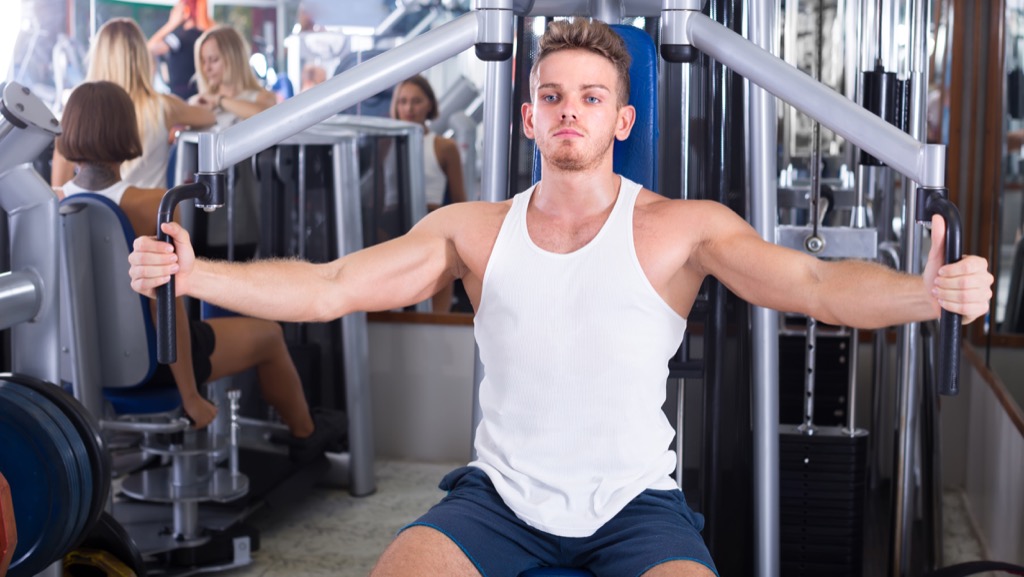
While research shows this machine is great for building chest muscle, it also places your shoulder joint in a vulnerable, unstable position—simultaneously rotated and abducted—at the movement's widest point. Rather than risk a rotator cuff injury or overstretched ligaments, you can whale on your pecs with your run-of-the-mill (but even more effective) bench press. If you don't have a spotter available, the bent-forward cable crossover is nearly as good.
17
Lower Back Extension Machine
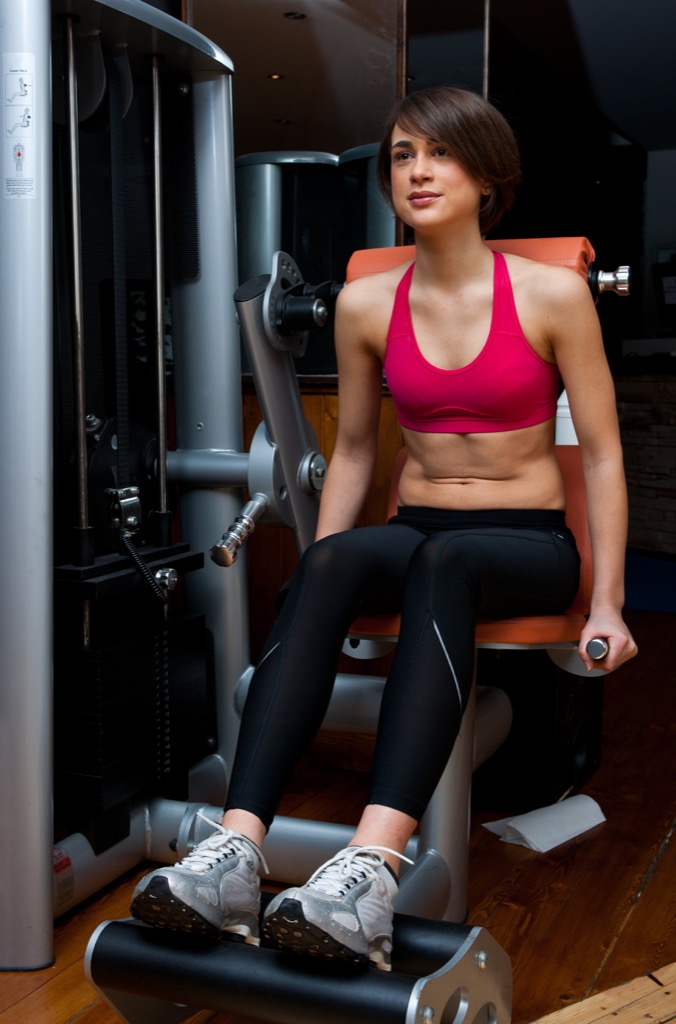
You know how people always say you should lift with your legs when picking up heavy objects to avoid back injury? Well, this machine—which many use under the illusion that it somehow targets love handle fat—loads all the weight onto your lower back by completely isolating it from the leg, core and glute muscles that would otherwise stabilize and support it.
The upshot is that you're repeatedly flexing your lumbar spine under a load, which is a big no-no, unless you want the kind of debilitating back pain that comes from badly damaged discs. Instead of this, strengthen your lower back and core with exercises like the bent-over row and stiff-leg deadlift, which force you to maintain the natural arch of your lumbar spine.
18
Tanning Beds
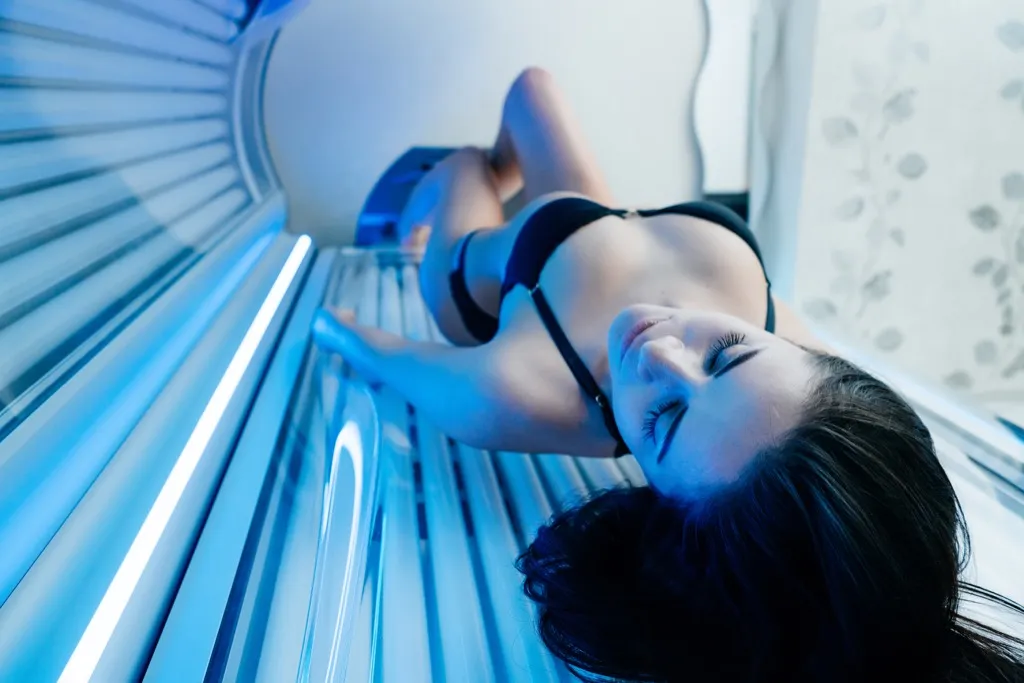
Nearly half of all health clubs in the U.S. have tanning beds, according to new preliminary research published in the journal JAMA Dermatology, and the people who use these gym-based beds crisp themselves 67 percent more often than those who tan elsewhere. We get that you want to look your best; that's probably at least half of why you're slamming those big weights around in front of full-length mirrors. But deliberately exposing your skin to intense UV rays (whether it's endorsed by your gym or not) dramatically increases skin cancer risks.
The American Academy of Dermatology links as many as 400,000 cases of skin cancer annually (in the U.S.) to indoor tanning, and just a single session can bump your risk of melanoma—the deadliest form of skin cancer—by 20 percent. And that is not a good look.
19
Preacher Curl Machine
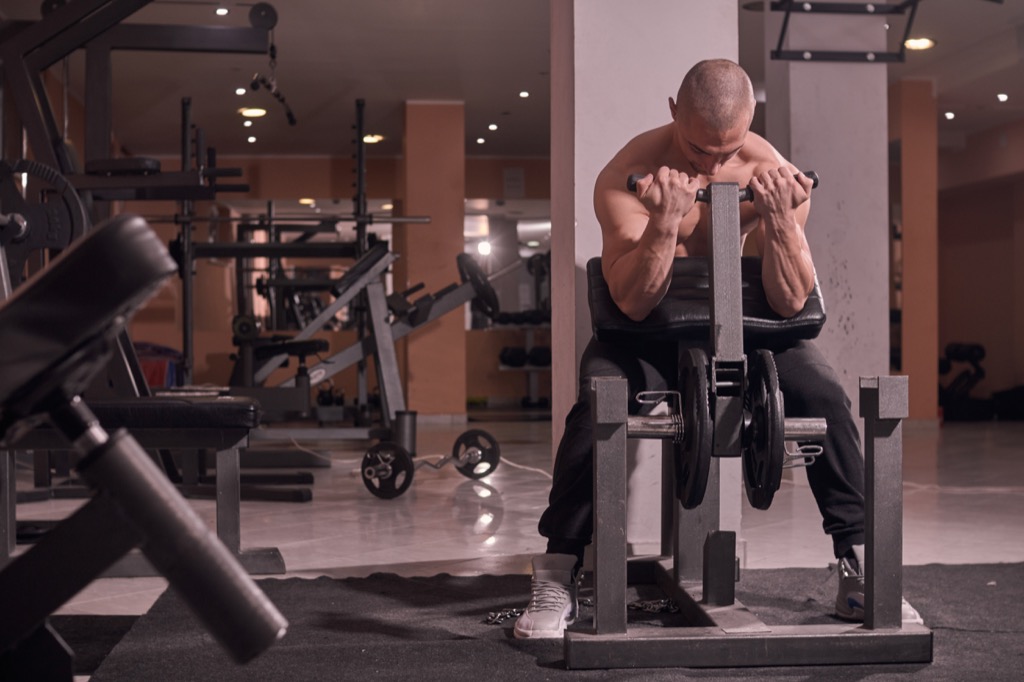
You almost never lift or pull anything with just your biceps, so it doesn't make a whole lot of sense to dedicate an entire machine—or even a bench, for that matter—to working them out in isolation. In most cases, the bigger, stronger muscles of the back handle the bulk of the work, while the biceps kick in that little extra oomph to get the job done. If you want bulging biceps (and you know you do, despite their negligible performance benefits), opt for pull-ups instead.
20
Annual Memberships
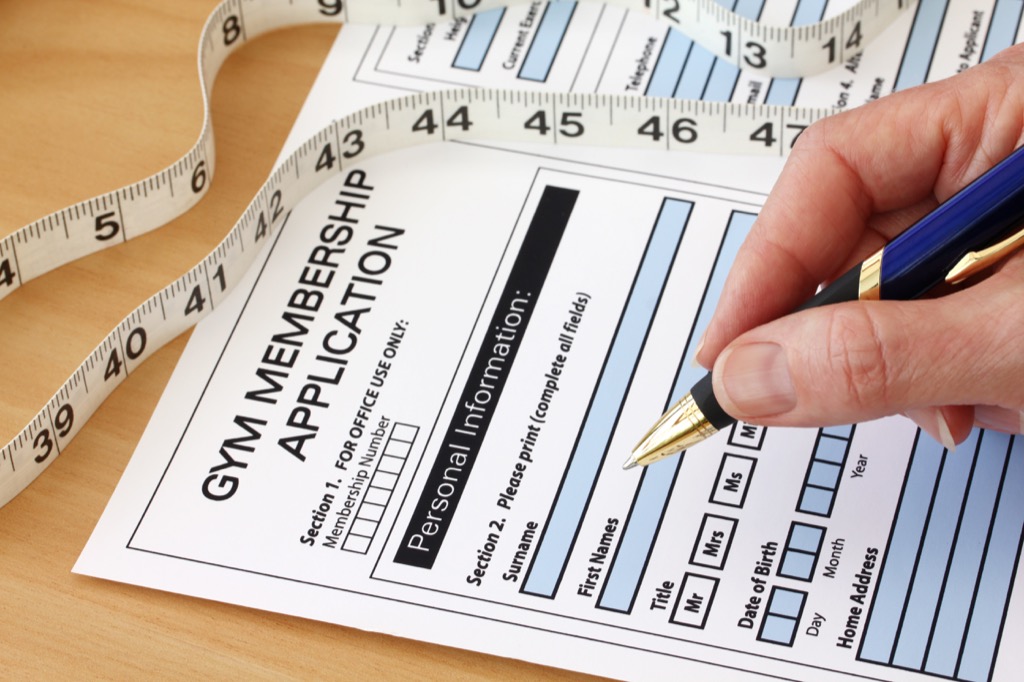
It's gut-check time. How often do you actually go to the gym and exercise? Nobody can blame you for buying an annual membership; sales pressure is intense from gym personnel, and you probably pictured yourself forming a three-times-a-week workout habit that would transform you into a perfect physical specimen. But a staggering 67 percent of all memberships go unused across the U.S.
At an average monthly cost of just under $60, that's $700 annually down the drain. Best to be honest with yourself before signing on the dotted line of a hard-to-break annual contract. Instead, start out buying a block of drop-in passes to be sure a particular gym—and, moreover, the gym lifestyle—is the right fit for you.
To discover more amazing secrets about living your best life, click here to sign up for our FREE daily newsletter!





















